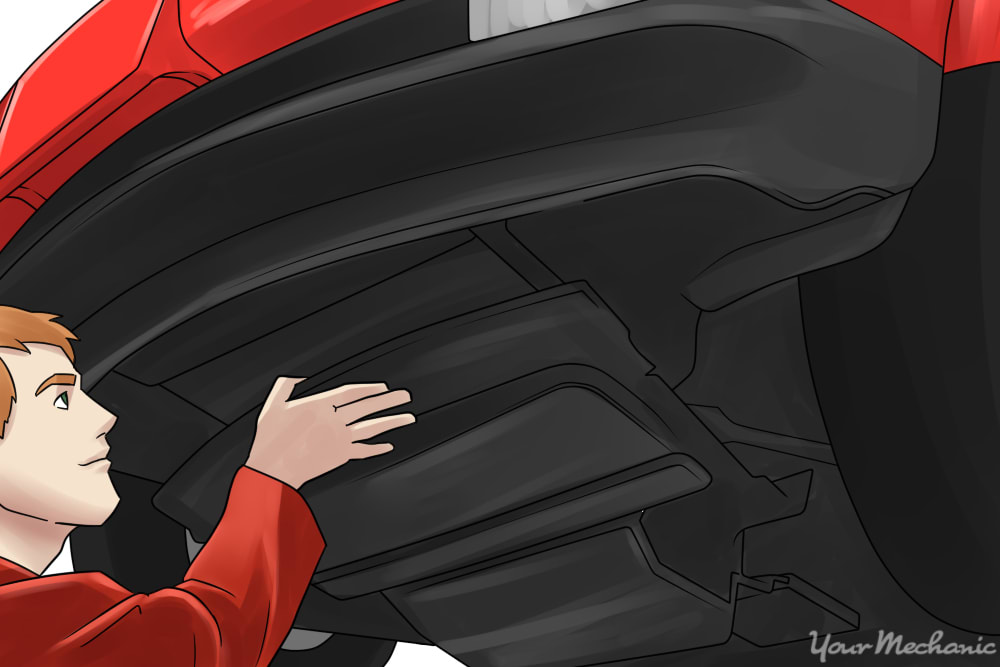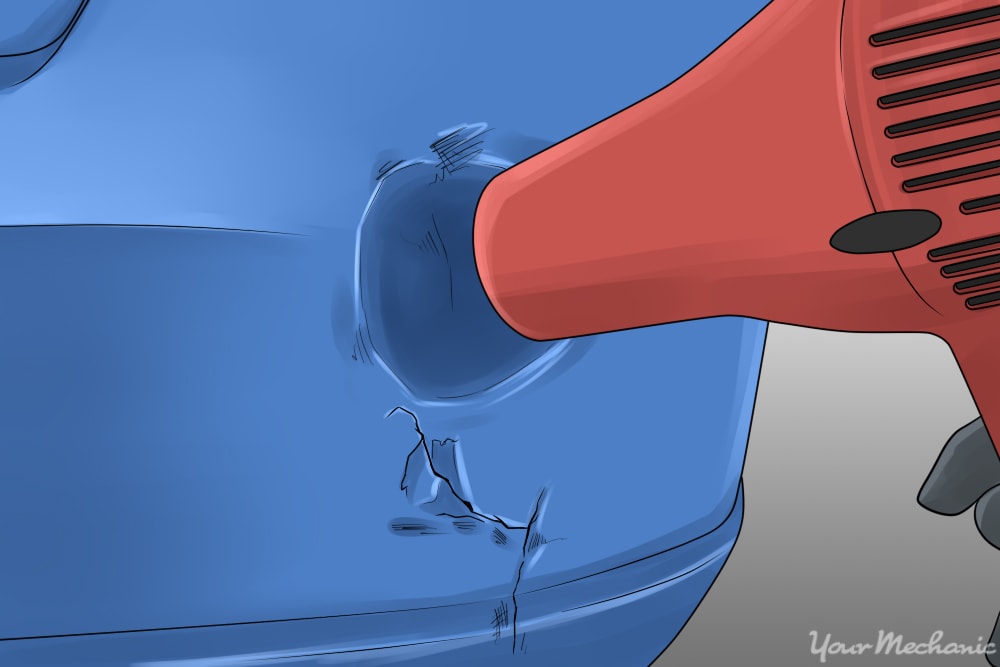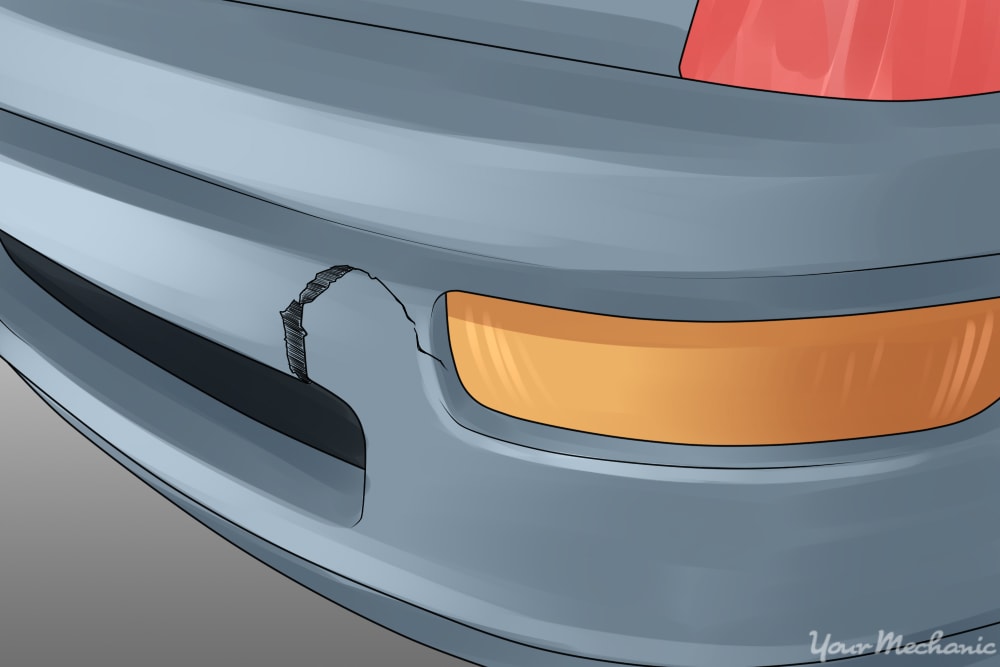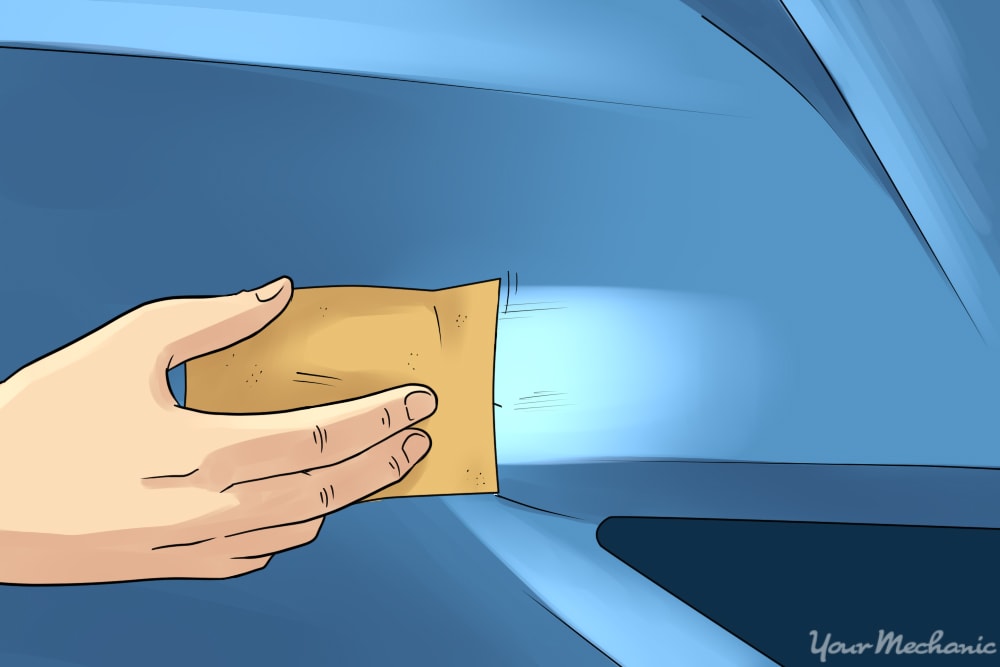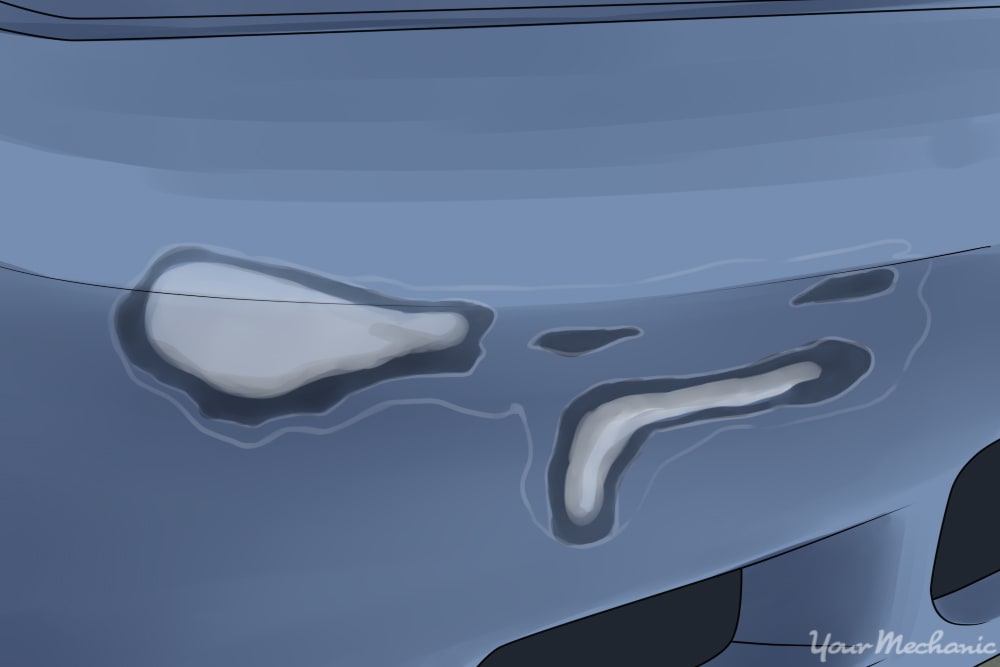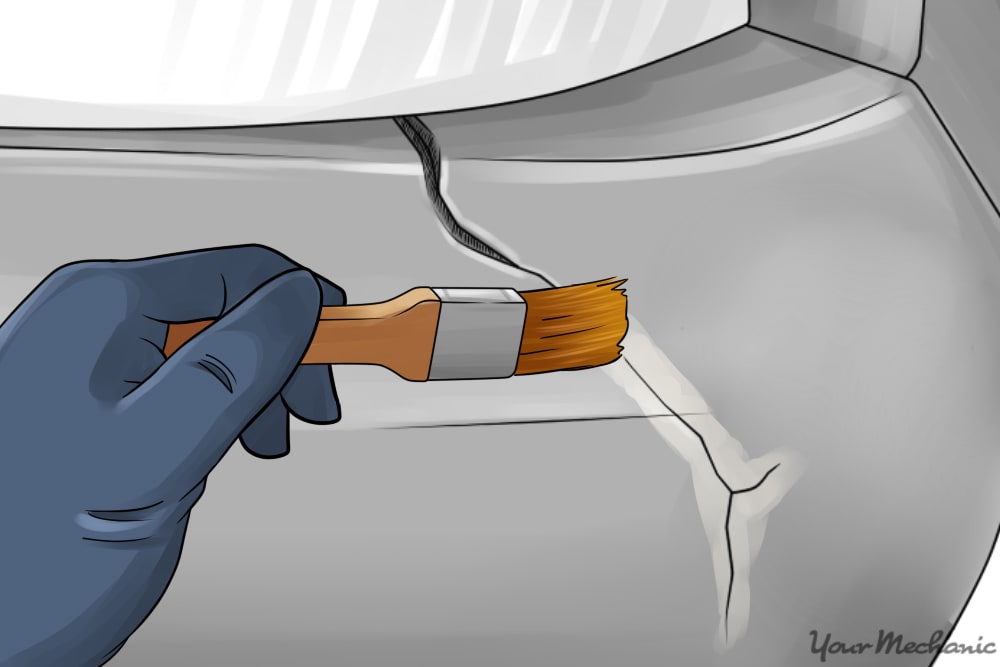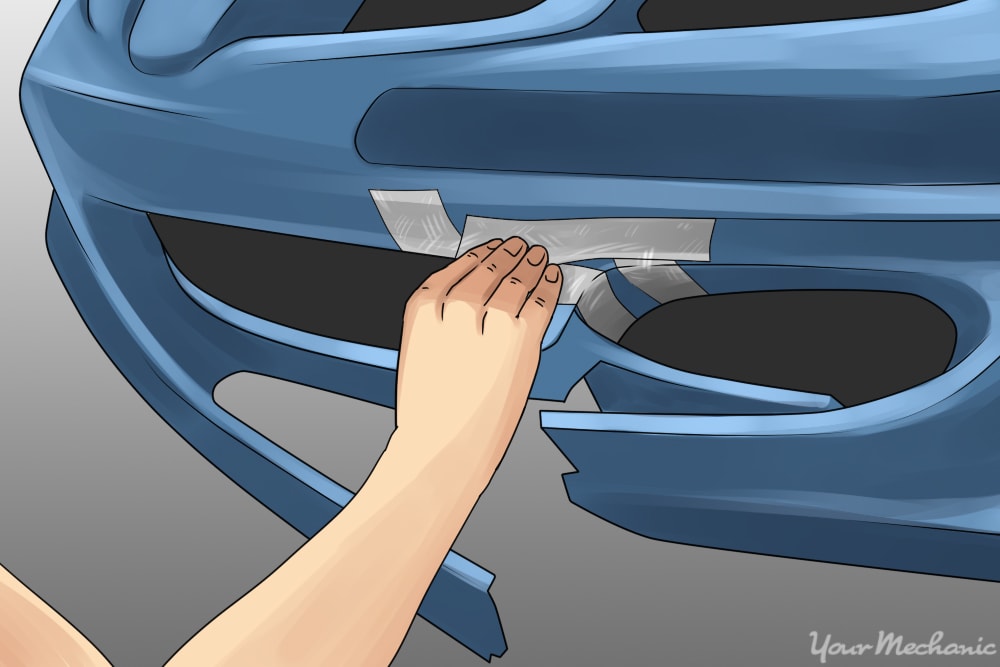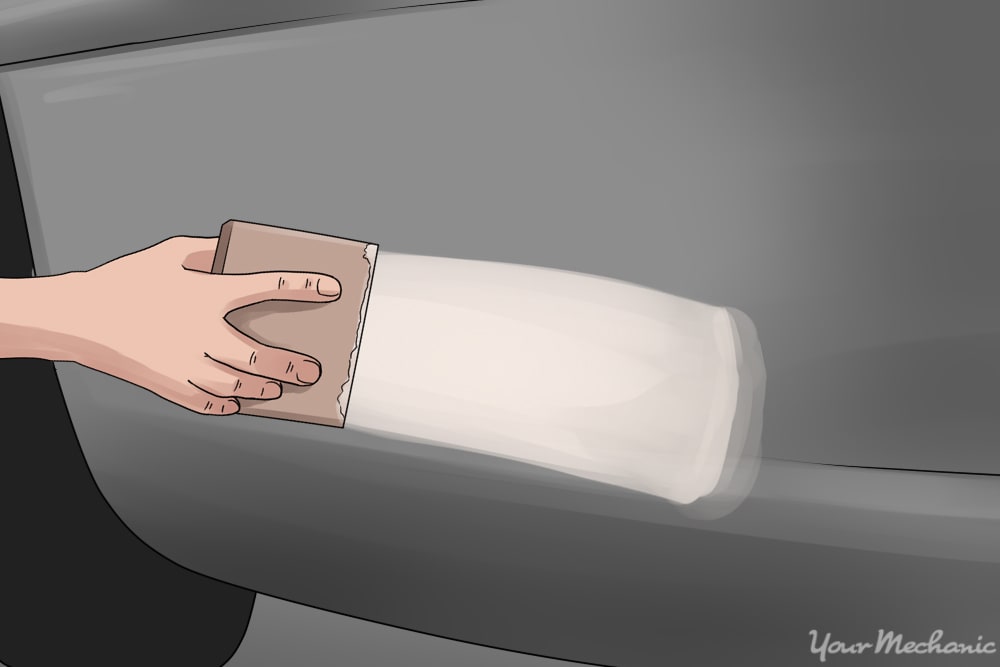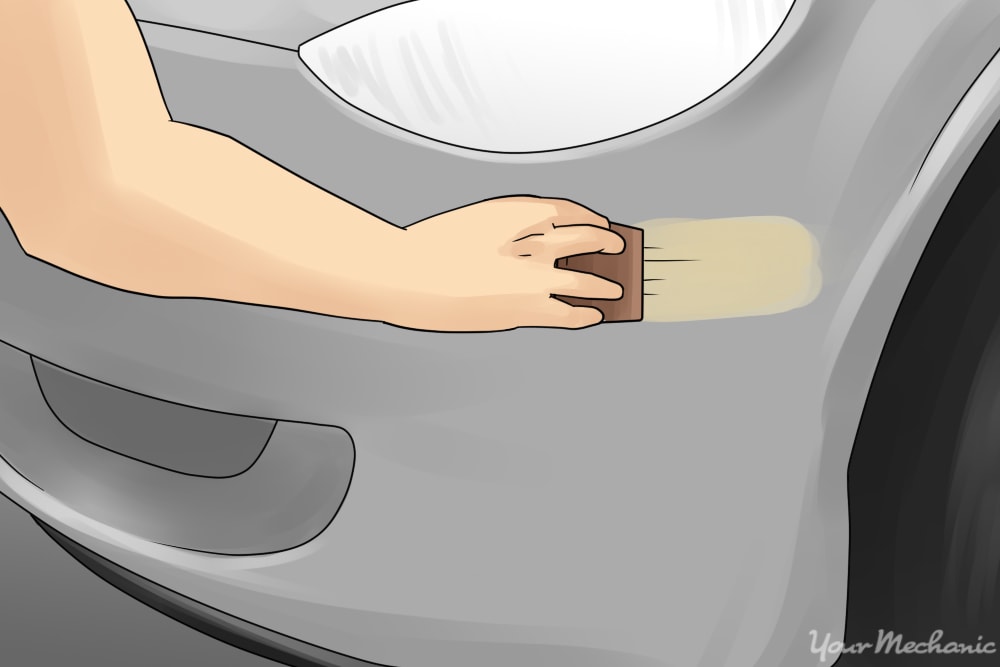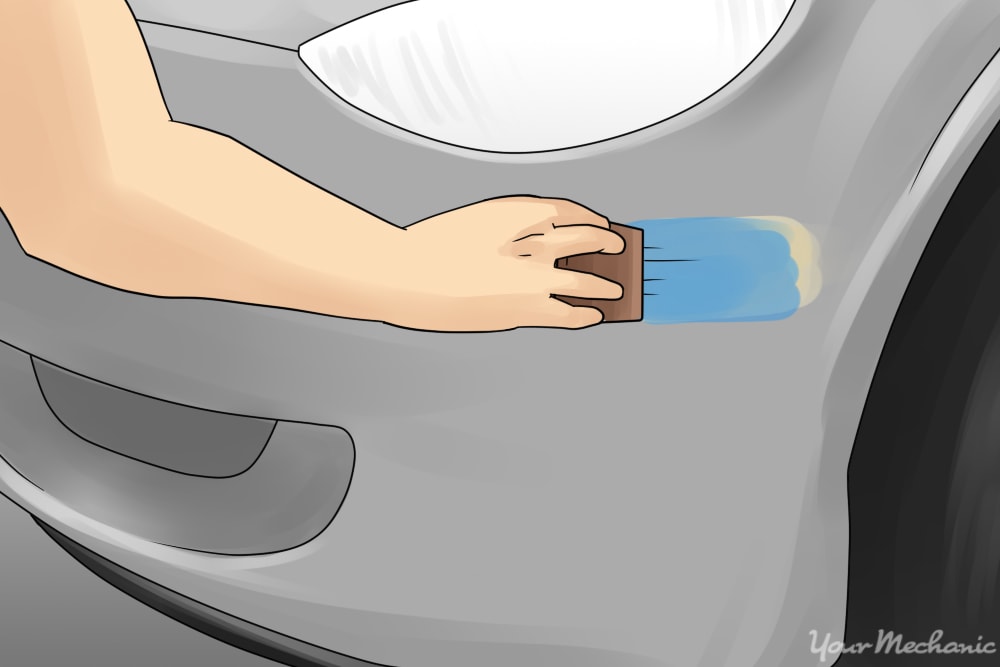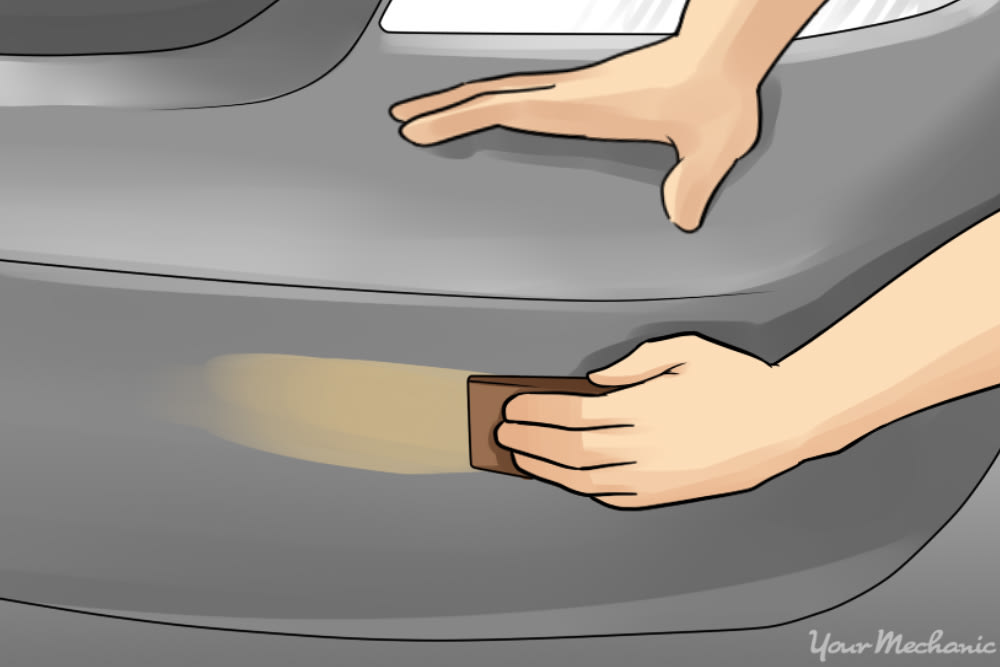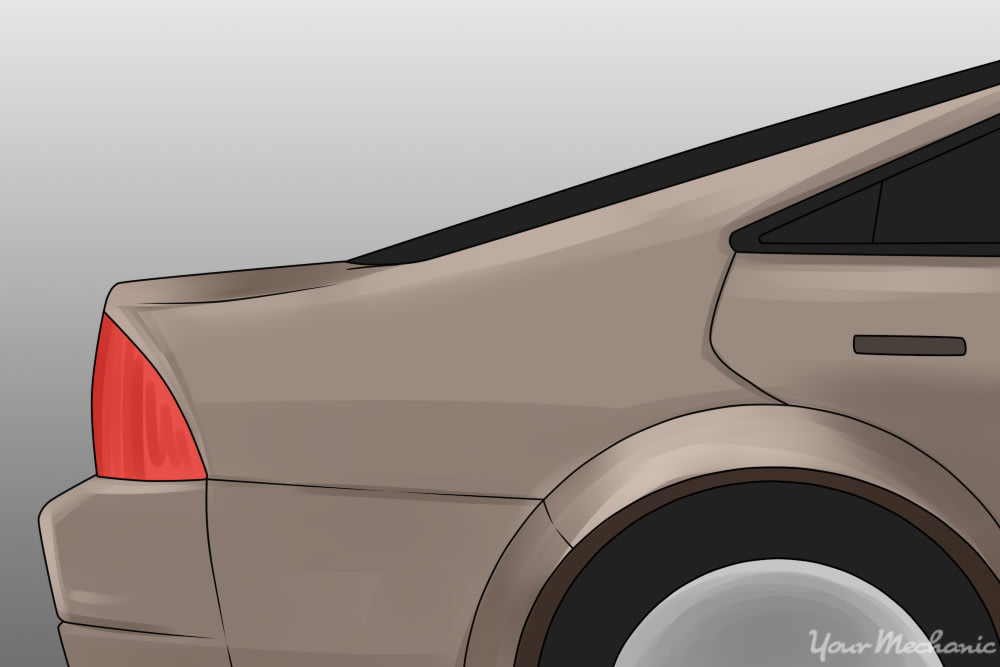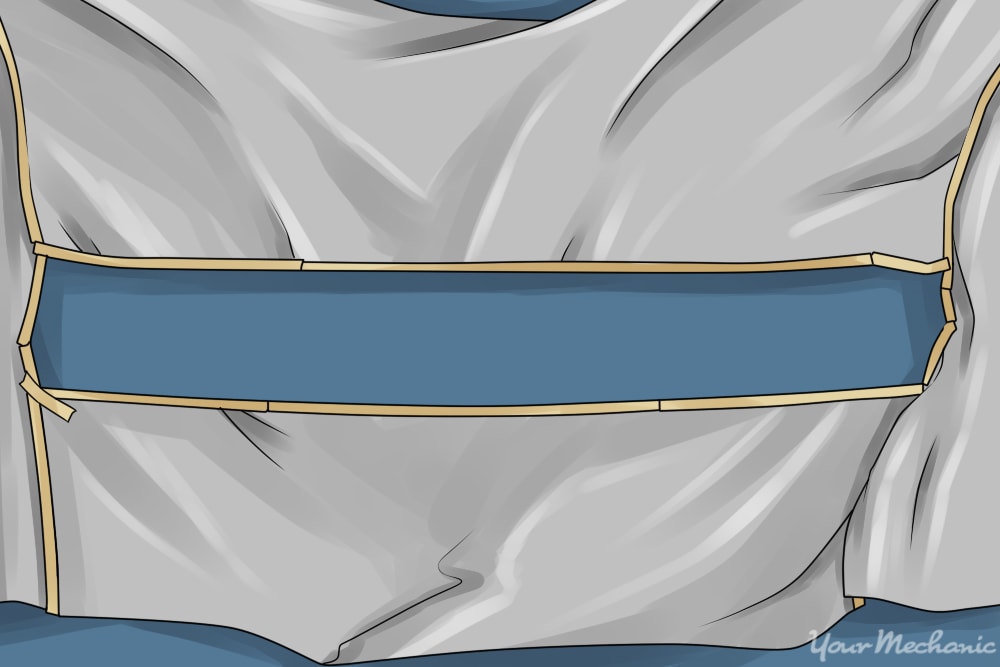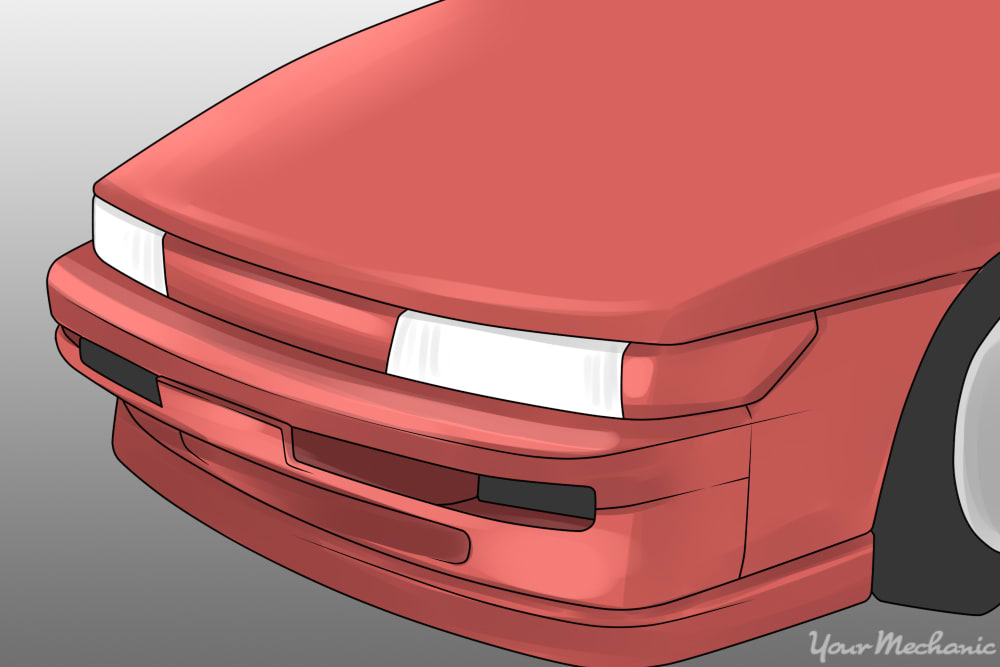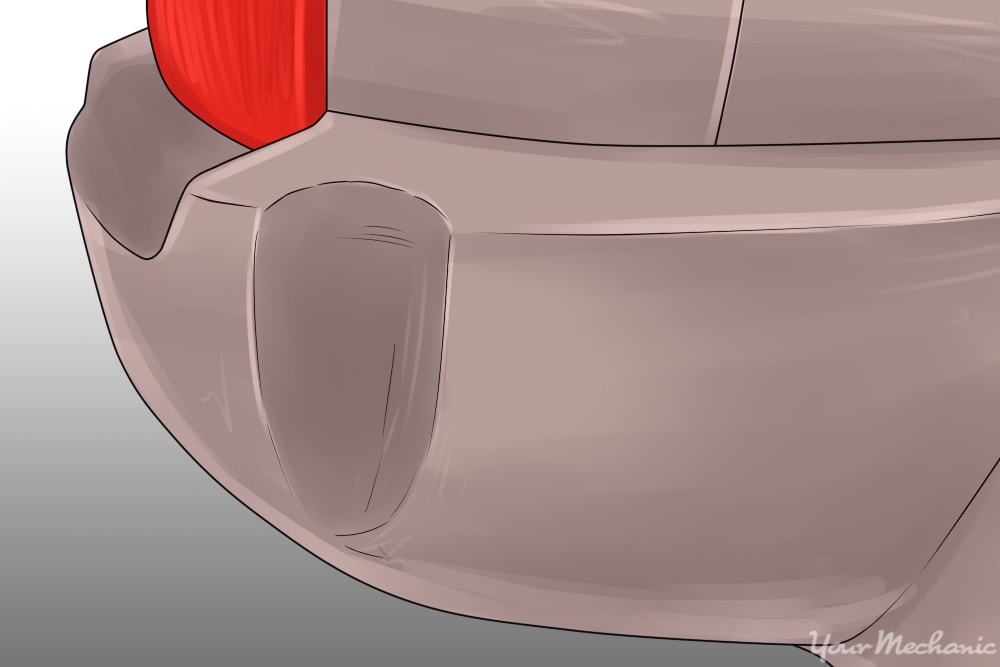

Whether someone mistakenly backed into your car in a grocery store parking lot or that concrete pole was just a little closer than anticipated, your car’s bumper is likely to have taken a bruising or two over the course of regular usage.
The amount of impact absorbed by the bumper will determine whether the bumper is repairable or not. Some bumpers will cave-in while others will crack. Luckily, those two types of bumper bruises are repairable in almost all cases, unless the damage is extreme. If the bumper is subject to lots of cracks or if it is missing a lot of its material, it may be better to replace the bumper itself.
Often, you will have to consult with a local auto body shop to determine the degree of damage, and most body shops will provide a free repair estimate. But before allowing the body shop to actually repair your vehicle for you, there are a few easy ways to fix a damaged bumper yourself using a few items that you may already have around the house.
Part 1 of 2: Repair a caved-in bumper
Materials Needed
- Heat gun or hair dryer (generally a hair dryer is safer for this procedure but it may not always do the job)
- Jack
- Jack stands
- Long pry bar or crowbar
- Safety glasses
- Work gloves
Step 1: Raise the vehicle and support it securely with jack stands. To secure the jack stands, make sure the jack stands are on a solid surface and use a jack to lower the pinch weld or inner frame of the vehicle to rest on the jack stand. You can find more information on securing the jack stands here
Step 2: Remove the splash guard. If applicable, remove the splash guard underneath the vehicle or fender well guard to access the rear affected area of the bumper. The splash guard will be held on by plastic clips or metal bolts.
Step 3: Warm up the damage area. Use a heat gun or hair dryer to evenly warm up the damaged area. Use the heat gun until the bumper becomes pliable. It should only take about five minutes to warm the bumper to a temperature where it becomes flexible.
- Warning: If you are using a heat gun, be sure to keep the heat gun at a 3 to 4 feet distance from the bumper as it reaches high temperatures that can melt paint. Using a hair dryer will usually get the bumper warm enough to become flexible but not hot enough to melt the paint.
Step 4: Push out the bumper. While heating or after you finish heating the bumper, use the pry bar to push the bumper from the inside out. You should notice the caved-in portion begin to push out as you apply pressure with the crowbar. If the bumper is still not very flexible, warm the affected area until it becomes pliable.
Tip: It may be helpful to have a friend heat the bumper while you use the pry bar.
Tip: Push the bumper out evenly. Push out the deepest areas first. If one portion of the bumper is progressing to its normal shape well and the other is not, adjust the pry bar to apply more pressure to the portion that is more recessed.
Repeat this process until the bumper is back to its normal curvature.
Part 2 of 2: Repair a cracked bumper
Materials Needed
- ¼ inch burrowing tool
- Air compressor suitable for tool usage(you will only need an air compressor if you are using air powered tools)
- Angle grinder
- Body filler such as Bondo
- Drill or dremel to fit burrowing tool
- Dust mask
- Jack
- Jack stands
- Masking paper or newspaper
- Paint brush
- Paint prep cleaner or 3M wax and grease remover
- Plastic or fiberglass bumper repair kit (depending on the type of material used in your car’s bumper)
- Putty knife or Bondo spreader
- Sand paper (180,80, 60 grit)
Tape with moderate adhesion properties
Tip: When fiberglass bumpers crack, they will leave fiberglass hairs visible along the edges of the cracked area. Take a look inside the cracked area of your bumper. If you see long white hairs, it indicates that your bumper is made from fiberglass. If you are unsure whether your bumper is made of fiberglass or plastic, consult with a local Body Shop or make a quick phone call to your dealer and request the bumper construction specifications.
Warning: Always wear a dust mask when working with fiberglass or sanding material to prevent breathing in harmful and sometimes toxic particles.
Step 1: Lift and secure the vehicle. Jack up the vehicle and secure it with jack stands.
Remove the bumper for ease of access.
Step 2: Clear the area. Clean away all dirt, grease or grime from the front and rear section of the affected area. The cleaned surface should extend up to about 100 mm from the crack.
Step 3: Remove excess plastic. Use the angle grinder or cutting wheel to remove any excess fiberglass hairs or jagged plastic. Use the angle grinder cutting wheel to straighten out the rigid edges as much as possible. Use the dremel with the burrowing tool to get to those hard to reach areas.
Step 4: Sand the damaged area with 60 grit sandpaper. Sand up to 30 millimeters around the repair surface for plastics and 100 millimeters for fiberglass bumpers.
Step 5: Remove excess dust with a rag. If there is an air compressor available, use it to blow off any excess dust from the surface.
Step 6: Prepare the area. Clean the area with paint prep or 3M wax and grease remover.
Remove the contents from bumper repair kit.
- Note: If your bumper is plastic, please proceed to step 14.
Step 7: Cut 4-6 pieces of fiberglass sheets, about 30-50 millimeters larger than the affected area.
Step 8: Mix catalyst and resin together. Mix the catalyst and resin according to the instructions given with the bumper repair product. Once mixed correctly, you should see the color change.
Step 9: Apply the resin. Using a paintbrush, apply the resin to the repair area.
- Tip: Ensure that the entire repair area is wet with resin.
Step 10: Coat the area thoroughly. Apply layer upon layer of fiberglass sheets while supplying sufficient resin in between layers.
- Tip: Apply 4-5 layers of fiberglass sheets. Push out any air bubbles with the paint brush. Add additional layers of sheets for additional strength.
Let it dry for 10 minutes.
Step 11: Coat the front area. Apply resin to the front side of the repaired area. Let it dry for 30 minutes.
Step 12: Sand the front of the repair area. Sand the front of the repaired area with 80 grit sandpaper. Sand away lumpy, uneven resin formations to match the normal smooth curvature of the bumper.
Step 13: Clean the area. Clean the repaired area with paint prep or 3M wax and grease remover.
- Note: If your bumper is made from fiberglass, you can proceed to apply body filler. Please proceed to step 17.
Step 14: Mix the repair kit contents. To repair a plastic bumper, mix the contents in compliance with the instructions provided with the repair kit.
Step 15: Tape the cracked surfaces together. On the front side of the repair area, use the tape to pull the opposing edges of cracked surfaces together. This will add more stability during repair.
Step 16: On the rear side of the repair area, use a putty knife or Bondo spreader to apply the bumper repair product. When applying the repair product, angle the putty knife so that the product is pushed through the crack and is squeezed outwards through the front. Ensure that you cover an area extending about 50 millimeters from the crack.
Let dry according to the time suggested by the repair kit manufacturer.
Step 17: Prepare and mix the body filler according to the packaging instructions. Apply multiple layers of body filler with the putty knife or Bondo spreader. Build the surface using 3-4 wipes. Style the layers to form the shape and contour of the original bumper.
Let it dry according to the repair kit manufacturer’s instructions.
Step 18: Remove the tape. Start peeling off the tape and remove it from the bumper.
Step 19: Sand the surface. Sand with 80 grit sandpaper, feeling the surface as you sand, to see how the repair is coming along. As you sand it, the surface should gradually transition from rough to almost smooth.
Step 20: Use 180 grit sandpaper to prepare the repair area for priming. Sand until the repair area becomes even and very smooth.
Step 21: Clean the area. Clean the repaired area with paint prep or 3M wax and grease remover.
Step 22: Prepare to apply primer. Using paper and masking tape, cover the surfaces surrounding the repaired area in preparation for primer.
Step 23: Apply 3-5 layers of primer. Allow sufficient time for the primer to dry before you apply the next layer.
Now, the repair work is complete. All that your bumper now needs is a paint job!
If you follow the instructions properly, no one will ever be able to tell that any damage occurred to your car’s bumper. By performing this repair process on your own, you can cut off almost two-thirds of your body shop bill!


